
Полная версия
The most detailed guide around Circum-Baikal Railroad: Irkutsk, Listvyanka, Slyudyanka, Shelekhov
Park Hotel «Burduguz»
Now the four-star park-hotel «Burduguz» is located on the bank, it operates the best bath club in the Irkutsk region with an area of 400 m, the stoves of which are built of tsaren times brick, preserved from the old Kurbatov’s baths in Irkutsk. In addition, right on the territory of the complex there is a source of medicinal sulfate-salt mineral water with a mineralization of 3.5 g / l, which is very close in composition to the waters of the former resort of all-Union significance Truskavets on Western Ukraine. Elite accommodation facilities are offered, which have long become a favorite vacation spot for the management of the «Irkutskenergo» and «RUSAL» companies. 2
Sauna in the park-hotel «Burduguz»
In the past, on the opposite left bank, there was a small settlement called Glubokaya, and a 64 m long Trans-Siberian iron bridge passed through the following river, Piterikha. Today, at that place is the Zmeiny Bay, which houses the «cemetery of ships» and several country houses. Last summer, the wreck of the steam tug 574 «Dmitry Donskoy» (built in 1958) and the bulk-carrier «Klara Zetkin» (1933) were visible.
«Cemetery of ships» in the Zmeiniy Bay
Meanwhile, on the right bank, near the Baikal tract, at the mouth of the Malaya Gryaznukha River, there is a semi-abandoned village of Butyrki (founded no later than 1873 as Molodova, population 17 people). It is one of the few remaining in its original location. After it, on a hill beyond the Bolshaya Gryaznukha River in a cozy pine forest, there is the sanatorium «Elektra» with 120 rooms, built in 1996 by company «Irkutskenergo» specifically for employees of hydroelectric power plants in the Irkutsk region. Absolutely unusual places with healing and tasty air begin from here.
Sanatorium «Electra»
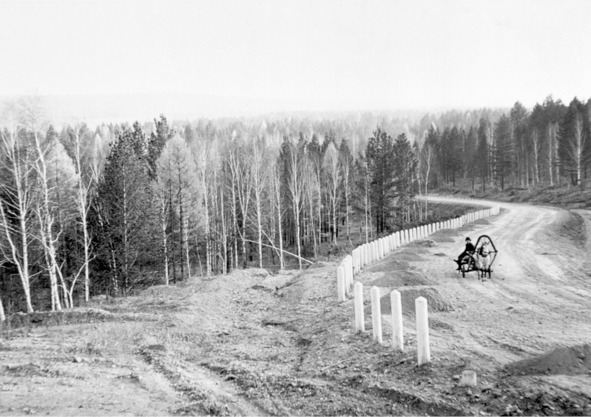
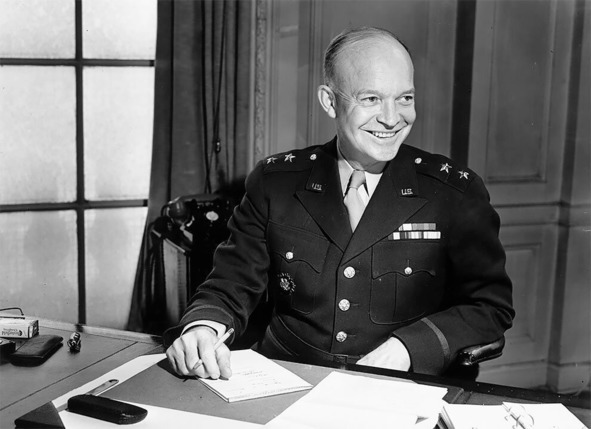
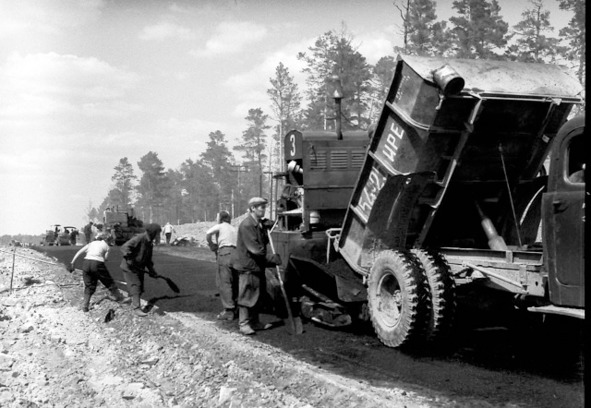
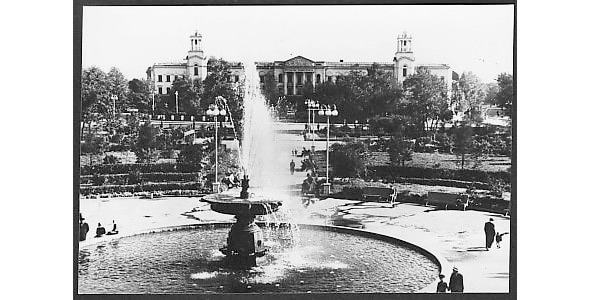
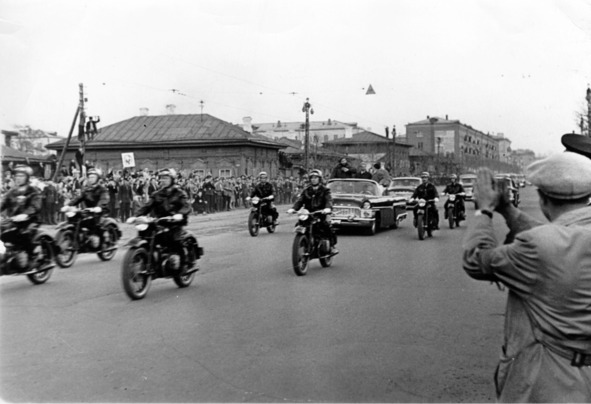
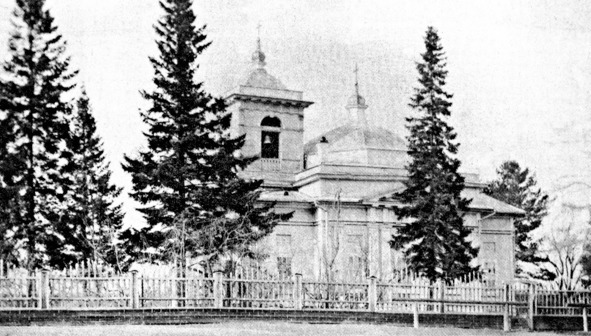
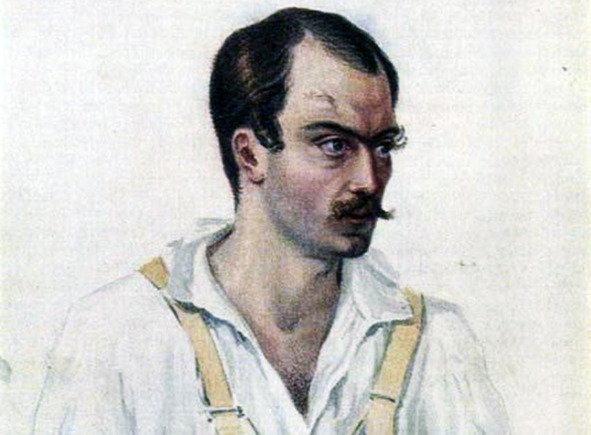
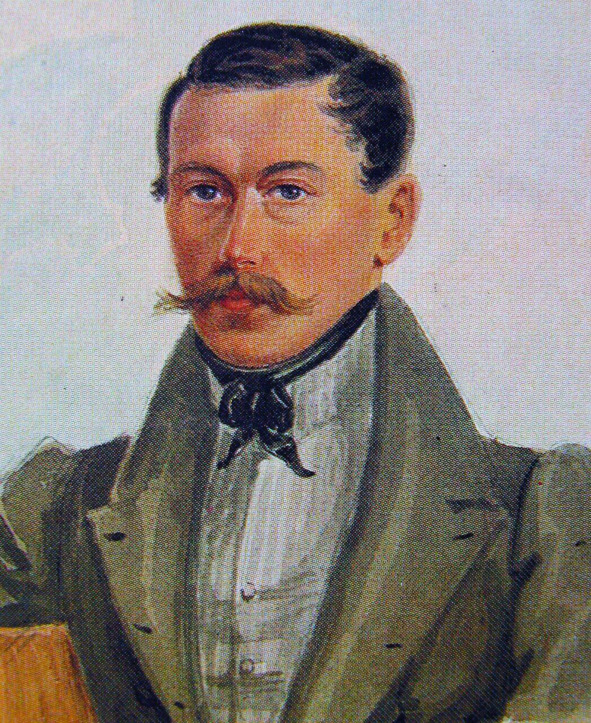
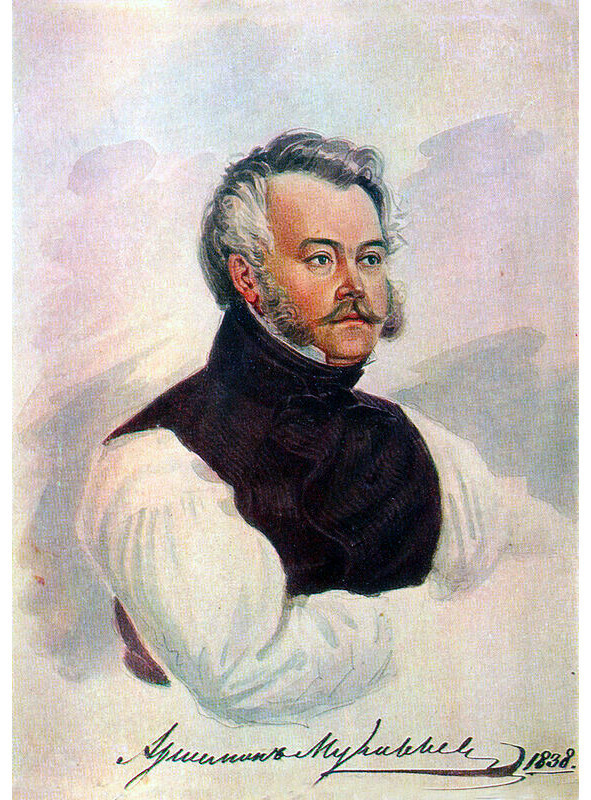

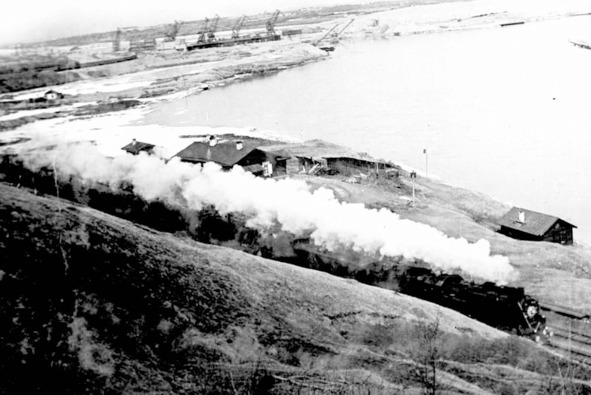
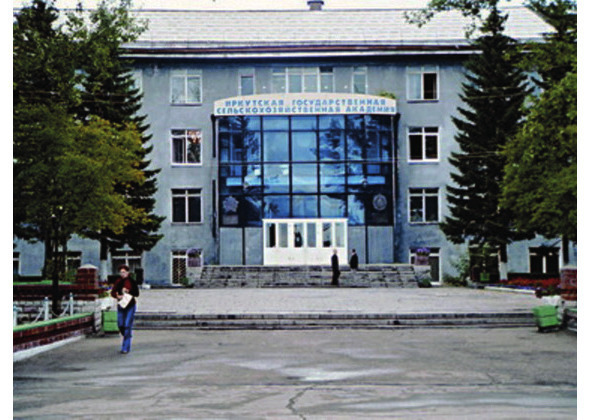
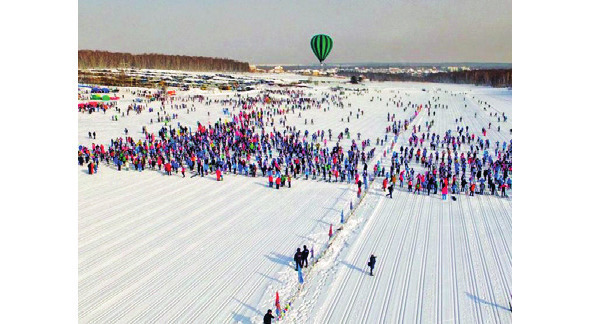
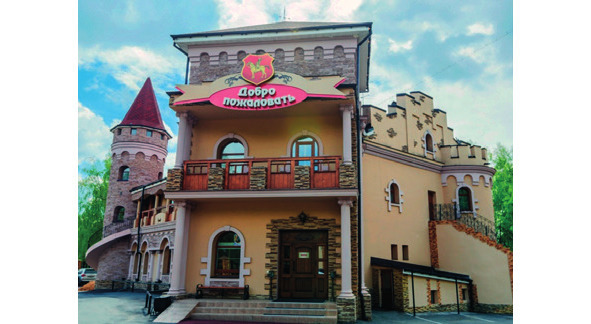
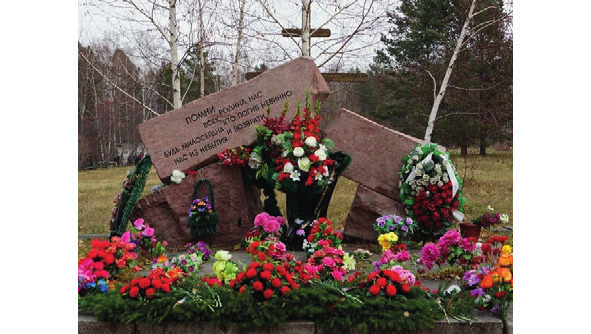
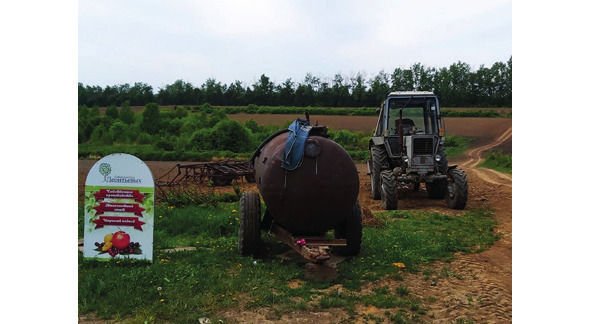
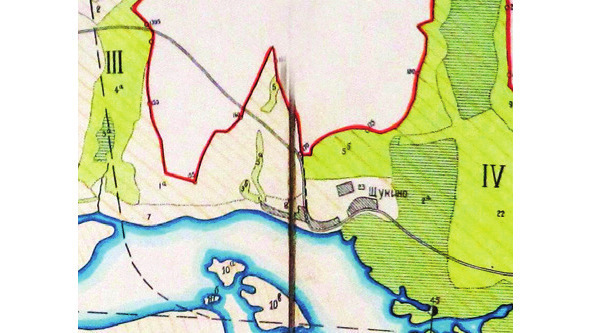
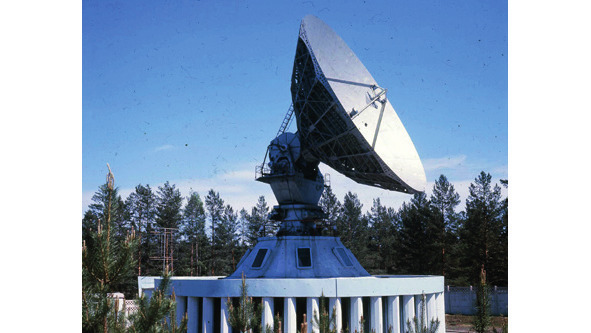
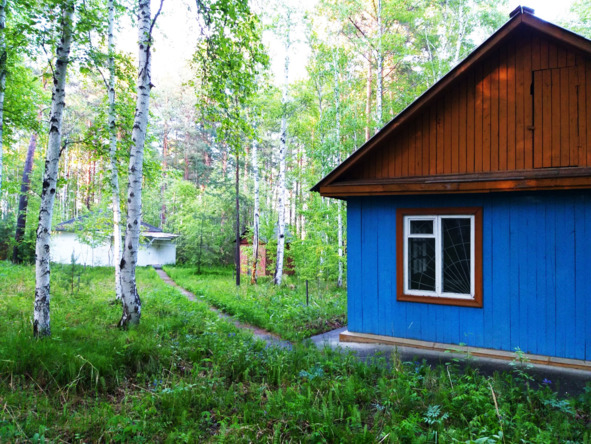
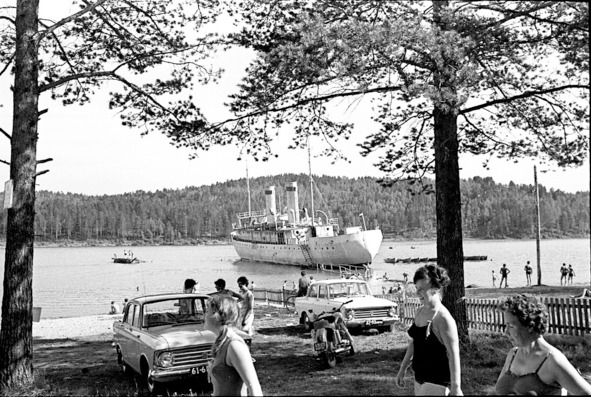
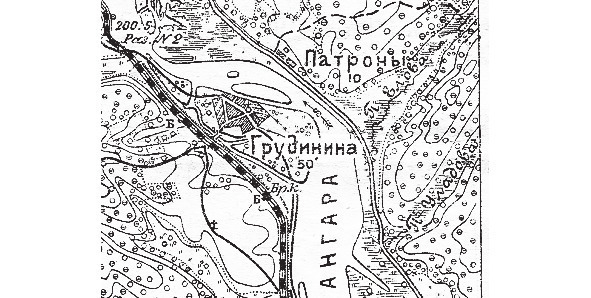
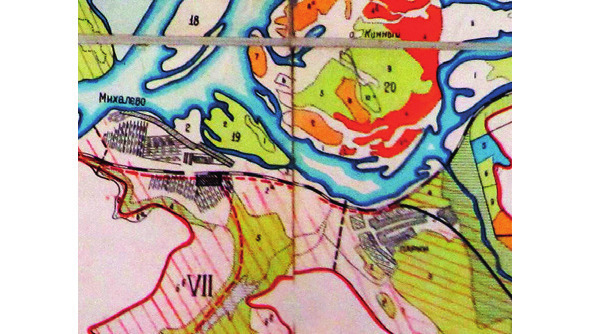
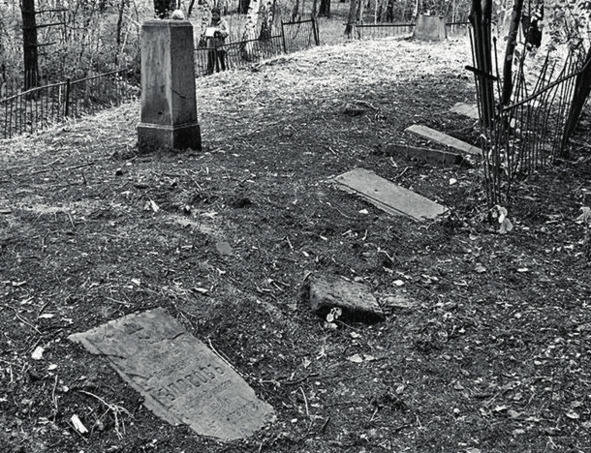
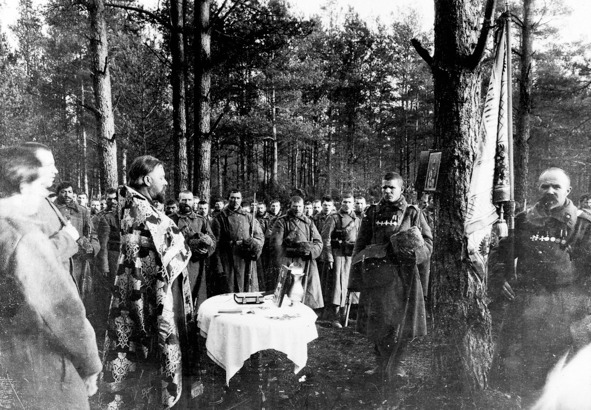
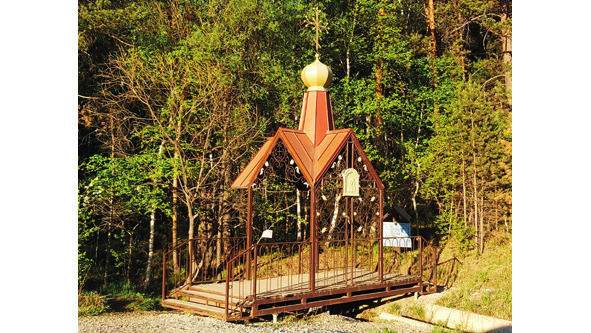
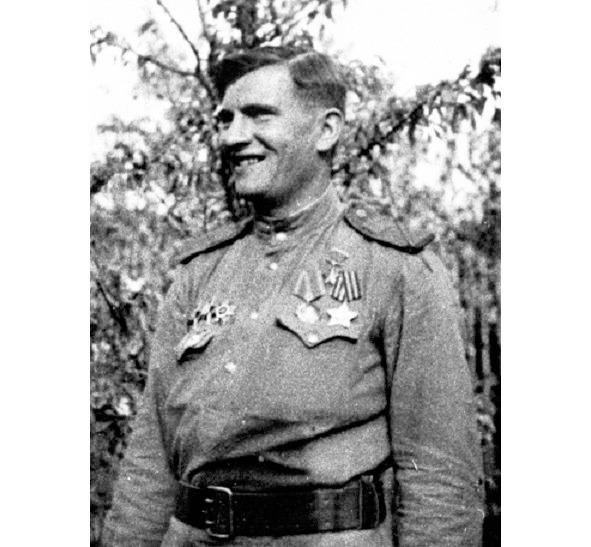
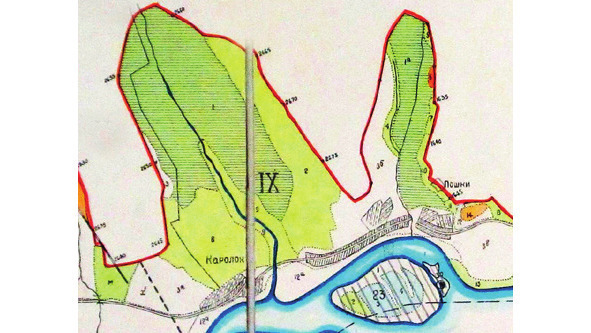
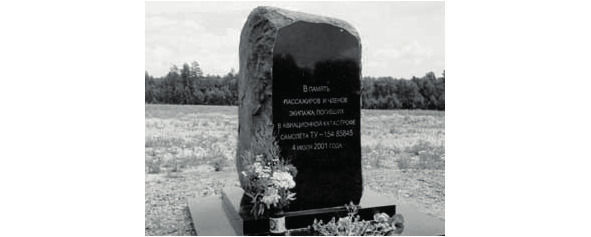
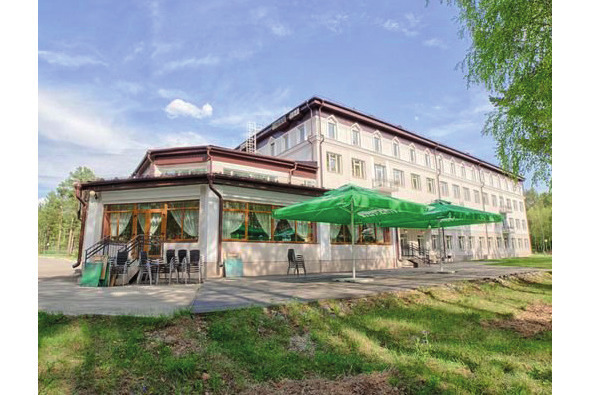
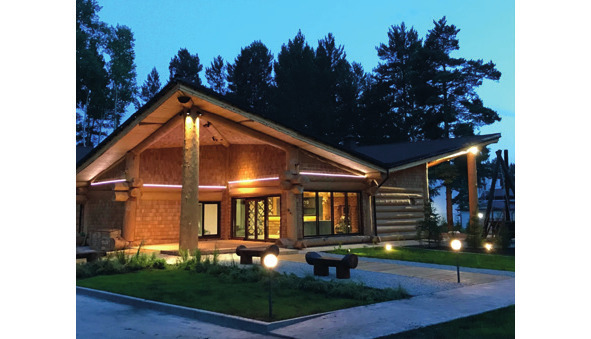
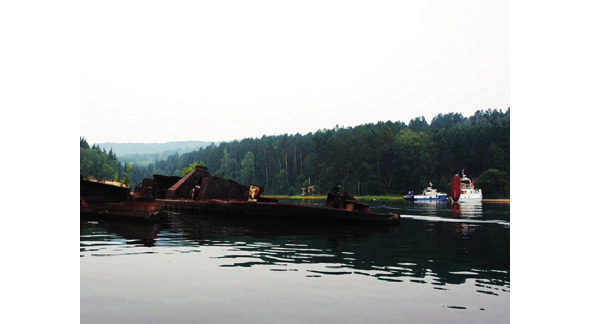

Museum «Taltsy»
Having overcome the Tyrygino river, we enter a spacious valley, where another large river, the Taltsinka, flows into the Angara. In 1784, thanks to the genius of E.G. Laksman, who discovered on Baikal the world’s second lapis lazuli deposit, as well as to his partner and sponsor, the Kargopol merchant A.A. Baranov, known as the «King of Alaska» (the permanent ruler of Russian America in 1790—1818), opened a glass factory here. This production was the first in Russia that mastered the production of glass not with wood soda (potash), but with glauber salt, which was mined in the Tazheran steppes on Baikal, as well as along the banks of the Barguzin and Selenga rivers. Firstly, it helped to save forests, which were mercilessly exterminated for the needs of such manufactories, and secondly, it made it possible to obtain transparent and even colored glass. Simple convicts began to master the new production under the guidance of the Barnaul glass maker Y.I. Makarov.
Academician E.G. Laxman (1737—1796)
However, due to the fact that the plant’s products were initially in demand only in Eastern Siberia and Transbaikalia, and the Nikolsky sands deposit 25 km from the enterprise was of poor quality and raw materials had to be brought from afar – the plant was very soon sold by the Laksman family due to debts to an Irkutsk merchant Y.P. Soldatov. He owned a factory in 1811—1831 and opened a faience and cloth production here. After his death and until 1868, the enterprise passed into the hands of the joint-stock company of merchants of Irkutsk. In this difficult era for the plant, in 1841, the already familiar to us Decembrist A.N. Sutgof, got here and became the manager of the factory. At the same time, the second lieutenant of the Chernigov Infantry Regiment, Decembrist A.A. Bystritsky got a job as a supervisor of the workshop. He was also among those sentenced to death after the uprising.
King of Alaska A.A. Baranov (1747—1819)
In 1859, a wooden Kazan church was built at the plant in the center of the village of Taltsinskoye, near the bridge along the Baikal tract. It was closed in 1935 and after the alienation of land in 1952, already in a rebuilt form, it was transferred to the village of Bolshaya Rechka, where it burned down.
Kazan church in the village of Taltsinskoye, mid-20th century
In 1871, the manufactory fell into the caring hands of the Irkutsk merchant of the 1st guild V.P. Katyshevtsev, who made a complete modernization of the factory and began the production of stained glass. Unfortunately, he also failed to achieve great success, and in 1903 the workshops again passed to the merchant board. Eventually, in 1911 the old plant burned down, and the new one was moved to the village on the left bank of the Taltsinka river, closer to the Angara and renamed «Pokrovsky». The products were in no way inferior to English and Dutch glass. Here was the largest settlement between Irkutsk and Baikal with a population of more than 600 people.
Taltsinsky glass factory, late 19th century
The next birth of the factory took place after forced conservation already in Soviet times in 1929 under the symbolic name of the commercial and cooperative artel «Vozrozhdeniye». However, due to imported raw materials, production still remained unprofitable, and the plant was again closed during the WWII. The final point in the fate of the enterprise was put by the construction of a hydroelectric power station, when in 1956 the factory was burned down, and the workers were relocated from the flood zone to the village of Tulun in the north of the Irkutsk region, where the second largest glass factory in the Soviet Union was soon opened. Today, most of the territory of the village of Taltsinskoye is located at a depth of 9 m in the Angara River.
Museum «Taltsy»
Therefore, it is no coincidence that in 1966 the choice fell on this place in the creating of the open-air museum of wooden architecture, which was called «Taltsy». Since its opening in 1980, it has become not only one of the largest in Russia (area of 73 hectares, 8 historical and cultural zones), but has also given a second life to many of the rarest monuments of antiquity (more than 150), including the world’s only fortress tower with a hanging chapel (built in 1667), the oldest church in Siberia (1679) and a sample of a real smoke hut («izba»). Its funds contain more than 27 thousand items of storage. In 1990—1992, the Soviet-Japanese film «Dreams of Russia» was filmed on its territory. Thanks to its director, honorary citizen of the Irkutsk region V.V. Tikhonov, the museum is actively developing and constantly filling in its collection. In 2015, it became the only one beyond the Urals named among the ten best Russian museums.
Museum «Taltsy»
The Taltsinsky plant worked on imported raw materials: sand from Khargino and Tulun; clay from the villages of Bayandai, Badaikha, Polovina and Kontakt. It was first delivered by carts along the Baikal tract, later along the river and subsequently by rail to the Podorvikha station with a 4-way passing loop (57 km from the Innokentievskaya station), located on the opposite bank of the Angara. For delivery across the river, a pontoon ferry of 12 three-sazhen boats was made, arranged in 4 km from the village.
Villages Taltsy and Podorvikha on the map
The name of the station, based on the Alanka River (from evencian – «mountain pass»), is associated with constant explosions at a quarry for the extraction of building materials, created during the construction of the Trans-Siberian Railway in 1896. It was located in the Shalikha valley 7 km downstream. In Podorvikha in 1951, one of the hundred best directors of world cinema was born according to the decision of the European Film Academy – A.N. Sokurov. Interestingly, due to the shallow depth of the Angara in these places, the remains of the railway embankment, the bulls of the iron bridge 21 m long, as well as the foundations of the station buildings along with the old watercourse of Alanka River and Kolyagin Island are still clearly visible under water. On June 25, 1938, a mudflow occurred right after the passing loop, which led to the accident of passenger train No. 41 «Vladivostok – Moscow», as a result of which several dozen people died. Unfortunately, due to the level of secrecy, information about this event is extremely scarce. alan
Podorvikha station, middle of the 20th century
We will return to the Baikal tract and continue our travel. Before reaching the bridge over the Chernaya River, turn right towards the recreation center «Angara», which belongs to the petrochemical plant in Angarsk city. On the other side of the Chernushka Bay there is another recreation center – «Lukomorye», which has become a new platform for the international competition of wooden sculpture, that has been held in our region since 2011, thanks to the director of the children’s health camp «Sayany» I.I. Butenko. Masters from all over the world come to Baikal to compete in cutting on the theme of tales and legends of the peoples of the planet. The main condition is that their creation remains on Siberian land. Today, most of the sculptures are located in the small village of Savvateevka, 70 km north of Irkutsk, where about 200 works of art can be seen at the same time in a pine forest on the banks of the non-freezing Oda River. However, the site on the Baikal tract is closer to the main streams of tourists, so a new picturesque complex is being formed here, where there are already more than 50 sculptures.
Recreation center «Lukomorye» on the Baikal tract
Directly opposite the entrance to the recreation center is the stele «Pribaikalsky National Park», reminding us that further our route will go through a protected area, which includes not only a quarter of the coast of Lake Baikal (more than 4172 km), but the entire Circum-Baikal Railway in as an engineering and landscape monument. The National Park was founded in 1986, at the peak of the public struggle for the preservation of the lake, and today it is one of the five largest such areas in Siberia. 2
Under its protection are 1385 species of vascular plants (more than half of the entire flora of Central Siberia, 76 of them are endemic), 9 species of amphibians and reptiles, 40 species of fish, 59 species of mammals, 272 species of birds. The fauna is represented by 75 rare species, including the snow leopard, reindeer, steppe ratsnake, Siberian salamander, white-tailed eagle and many others.
A huge wealth for the national park are 986 ethnographic monuments, which testify to the dense population of these places in antiquity. 54 natural monuments have been identified, we will get to know some of them during our trip.
Stele «Pribaikalsky National Park»
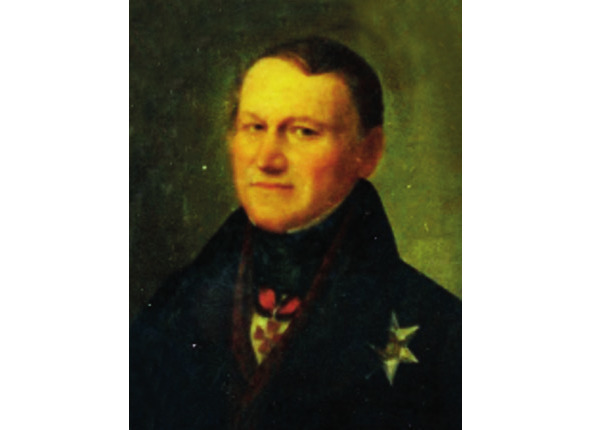
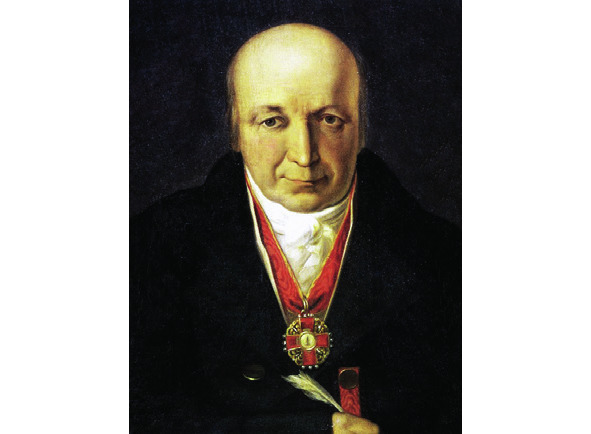
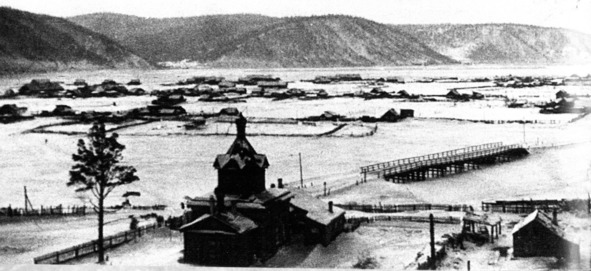
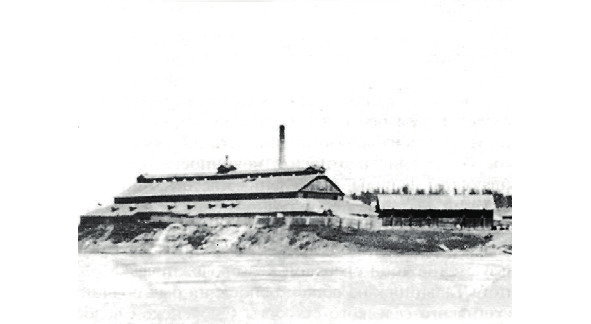
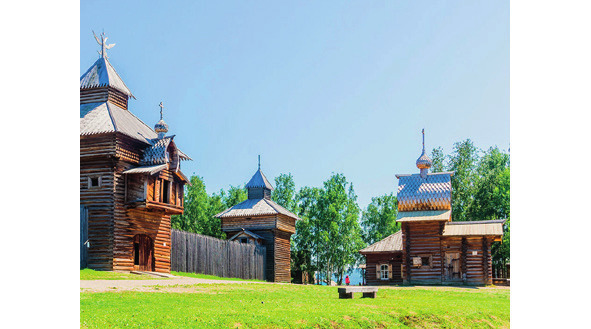
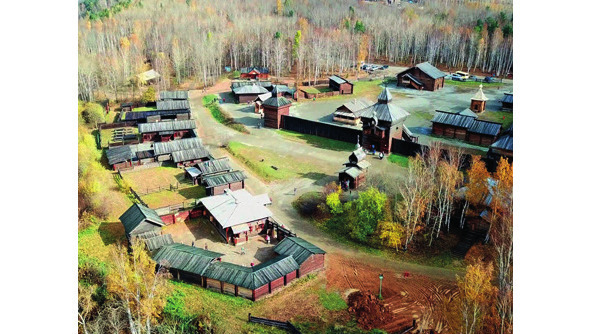
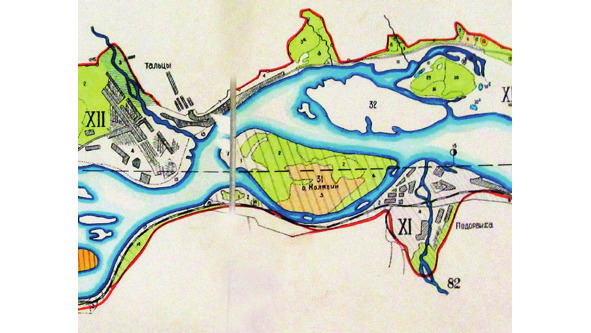
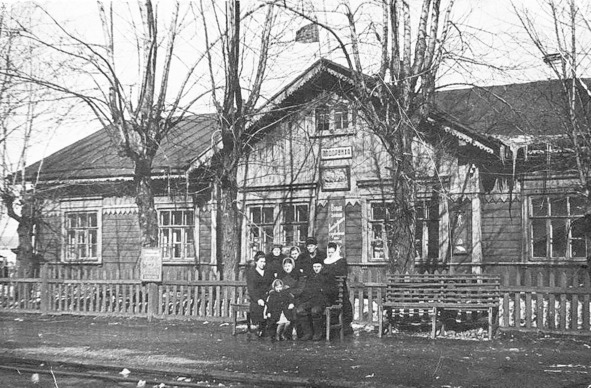
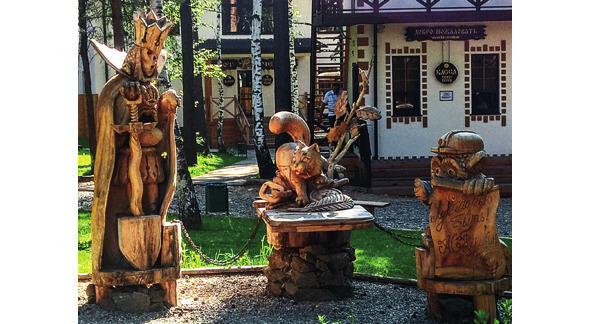
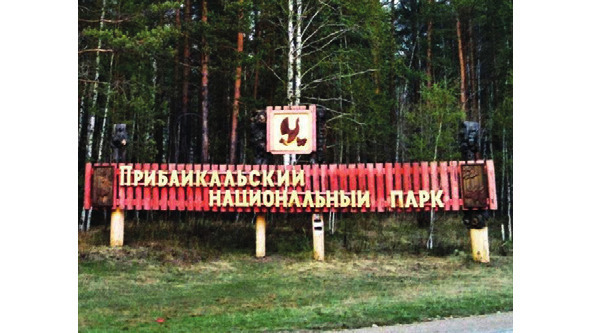
Bolshaya Rechka Village
Having passed the turnoff to the camp site «Bely Ruchey» and the Shcheglovaya River (52 km), we find ourselves on the territory of the largest settlement between Irkutsk and Baikal today – Bolshaya Rechka. Today, 2,781 people live here, many of whom are extremely talented. For example, wood carving master A.N. Shutko in 2009 built a 30-ton wooden frigate in the village on his site. His neighbor is the artist and writer Y.A. Panov, created in his house on Angarskaya Street a real museum of wooden sculpture dedicated to the Stalinist repressions, of which he himself became a victim in 1941 for a friendly caricature, which inadvertently fell into the hands of the military commissar. And although he died in 2008, his work is still alive in the films of K. Bednarets «The Ballad of Lake Baikal» and T.G. Korzhanovsky «Yuri Panov and his Nadezhda». In addition, a poem by E.A. Yevtushenko «Larch twin». The third one, who must be mentioned, is the writer and artist V.E. Nefediev, who found five sites of an ancient man of the Neolithic era in the vicinity of the village.
Sculptures by Y.A. Panov
Конец ознакомительного фрагмента.
Текст предоставлен ООО «Литрес».
Прочитайте эту книгу целиком, купив полную легальную версию на Литрес.
Безопасно оплатить книгу можно банковской картой Visa, MasterCard, Maestro, со счета мобильного телефона, с платежного терминала, в салоне МТС или Связной, через PayPal, WebMoney, Яндекс.Деньги, QIWI Кошелек, бонусными картами или другим удобным Вам способом.



